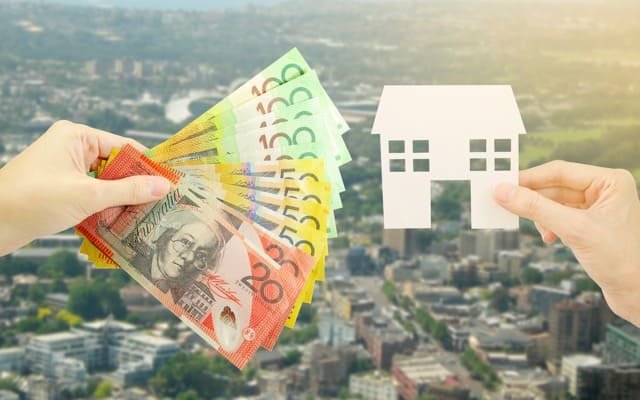Something really weird has been happening in Australia’s property market.
Despite significant headwinds in the form of rapidly rising mortgage interest rates, falling affordability and higher costs, property prices have stayed very high and are nudging even higher.
Normally, you would expect rapidly rising interest rates to reduce the number of qualified buyers and accelerate selling from those who had bought at much lower interest rates and were struggling to keep up repayments.
However, the clue to what might be happening lies in the fact that properties for sale are actually quite thin on the ground, which has elevated competition among keen buyers who are frustrated by the lack of stock to choose from.
Lack of turnover could be one answer
Interestingly, research from investment bank Jarden has found that rapidly rising costs in the form of agent fees, stamp duty, listing costs and legal fees has actually had the effect of entrenching people in their existing property and discouraging turnover.
Their research found that these costs have grown at a staggering five times the pace of income over the past two decades.
By far the biggest contributor is stamp duty – an inefficient and ugly state government tax that is not indexed – which results in what used to be “luxury” levels of tax applying to many normal houses over time.
Despite plenty of pressure for state and territory governments to shift from stamp duty to land tax to encourage more property turnover and cut barriers to entry for the property market, they have almost universally (with the exception of the ACT) stuck with existing archaic stamp duty indexes which drag in so much immediate revenue every year.
Property transaction costs rising fast
Jarden found that transaction costs for the average Sydney home have increased to more than $100,000 from $20,000 since 2000, pushing the cost of buying a home to about 80% of disposable income, compared with 28% two decades ago.
It is a similar situation in Melbourne, with just the cost of buying an average house up to $80,000 from $15,000, while in Brisbane the costs have risen to $50,000 from $7000.
Jarden’s chief economist Carlos Cacho, said the rapid increase in costs has greatly increased the average amount of time people live in their home – by his estimates from 12 years in the early 2000’s to an average holding period above 20 years now.
Demographics also leading to fewer properties for sale
That rising cost of buying property was one of the major reasons fewer homes were being listed on the market, with the ageing population and rising prices also playing a role.
At the same time demographics had shrunk the number of potential upgraders aged between 30 and 50 at the same time that the number of over 65 home owners who tend to stay in their houses longer increased.
On Jarden’s numbers the annual housing turnover in 2030 will fall to just 4.5% of the housing stock, which adds up to around 62,000 fewer houses available to buy compared to that number being closer to 5%.
This decline in turnover at a time of high immigration and high interest rates tends to act as a support for higher property prices – assuming the supply of new houses and apartments is not increased.
As an investor, to me the high and rising cost of transacting property, combined with the ease with which it was scooped up for extra “investment” land tax by the Victorian government to pay for COVID debt, increases the attractiveness of other forms of investing in property such as listed real estate investment trusts.
It also adds to the attractiveness of local and foreign shares in general.
Actual property prices are largely determined by demand and supply so when high transaction costs inhibit supply, it makes sense that prices will rise so the current puzzling situation is a little easier to understand.
